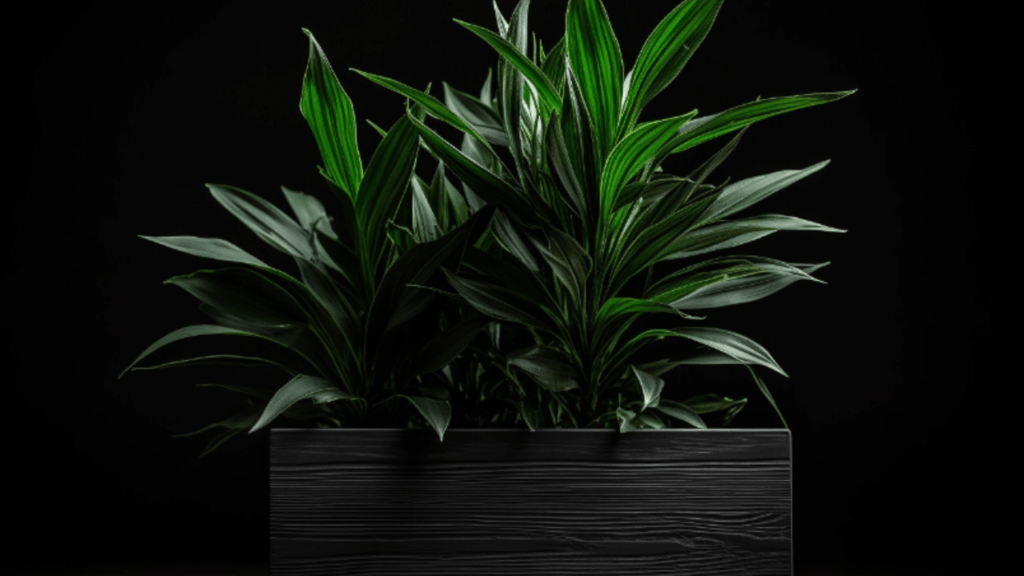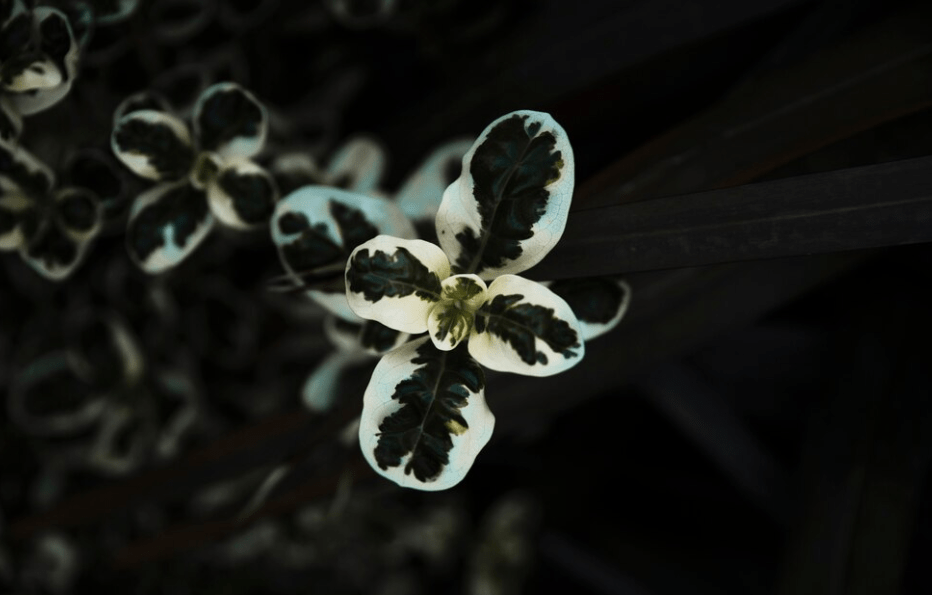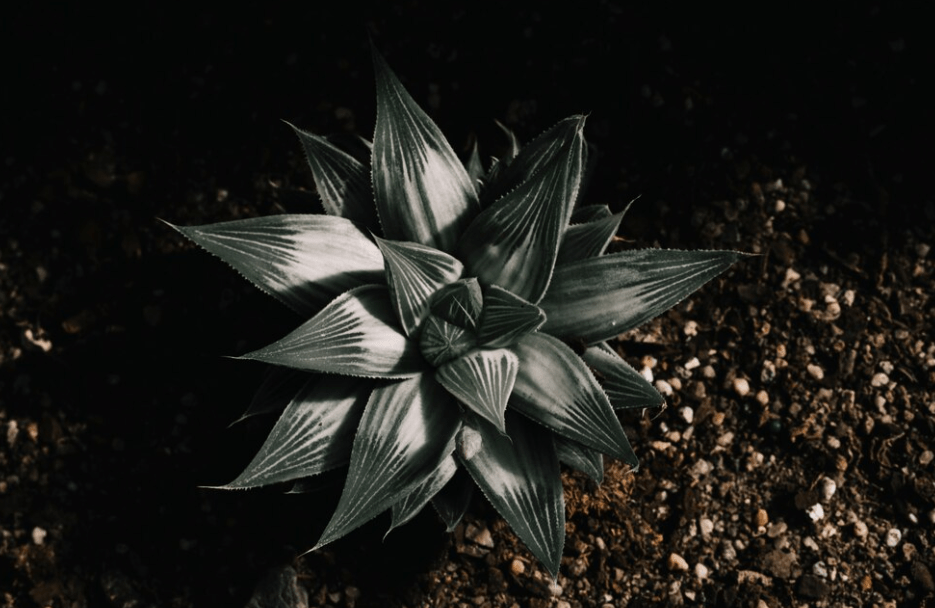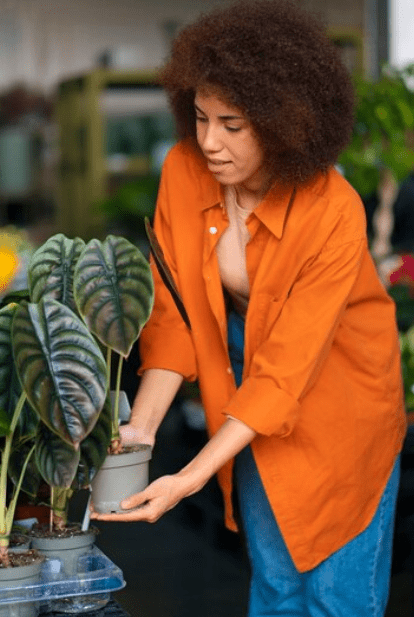
Unlocking the Elegance: Black Beauty Plant Care Guide for Stunning Indoor Gardens
The Black Beauty plant is a stunning addition to any indoor garden, but proper care is essential to maintain its elegance. In this comprehensive guide, we’ll cover everything you need to know about caring for the Black Beauty plant, including watering and sunlight requirements, soil and fertilization tips, and more. By following these guidelines, you can unlock the full potential of this beautiful plant and create a truly stunning indoor garden.
The Black Beauty plant is a popular choice for indoor gardening due to its dark, glossy foliage and striking appearance. Proper care is essential to maintain the beauty of this plant. When it comes to watering, it’s important to keep the soil consistently moist but not waterlogged. The plant also requires bright, indirect sunlight to thrive, so be sure to place it in a well-lit area of your home. Additionally, using well-draining soil and fertilizing the plant every few months will ensure it stays healthy and vibrant. With the right care and attention, the Black Beauty plant can be a stunning addition to any indoor garden, adding a touch of elegance and beauty to your home.
Table of Contents
ToggleBotanical Profile of Black Beauty Plant

A. Scientific classification
is the process of categorizing and naming organisms based on their characteristics and evolutionary relationships. The Black Beauty plant, also known as Alocasia reginula, belongs to the family Araceae and the genus Alocasia. Its scientific classification includes the kingdom Plantae, the order Alismatales, and the class Liliopsida. This classification system helps scientists and horticulturists study and understand the plant’s characteristics, genetic relationships, and evolutionary history. By understanding the scientific classification of the Black Beauty plant, indoor gardeners can better care for and appreciate this stunning species.
B. Physical description
The Black Beauty plant, also known as Alocasia reginula, is a stunning and unique plant that can add a touch of elegance to any indoor garden. It is characterized by its striking dark green leaves with contrasting silver-white veins, giving it a beautiful and eye-catching appearance. The leaves are heart-shaped and have a glossy texture, adding to the plant’s overall allure. The plant itself is relatively compact, making it a great option for smaller spaces. With the right care and attention, the Black Beauty plant can thrive and become a beautiful focal point in your home.
C. Varieties of black beauty plants
include the Alocasia reginula ‘Black Velvet,’ which has a velvety texture to its leaves and the Alocasia reginula ‘Black Magic,’ which has dark green leaves with purple undersides. These varieties offer a unique look and can be a stunning addition to any indoor garden. By understanding the different varieties of the Black Beauty plant, gardeners can choose the one that best fits their aesthetic preferences and care abilities. Whether you prefer the velvety texture of the ‘Black Velvet’ or the striking purple undersides of the ‘Black Magic,’ there is a Black Beauty plant variety for everyone. Understanding the different varieties can help you appreciate the diversity of this beautiful species and care for it in the best way possible.
Origins and Natural Habitat
A. Native regions
of the Black Beauty plant include tropical and subtropical regions of Asia and the Pacific Islands. These regions provide the ideal climate and conditions for the plant to thrive in the wild. Understanding the plant’s native regions can provide insight into the type of environment it prefers, such as warm temperatures and high humidity. This knowledge can help gardeners replicate these conditions when caring for the Black Beauty plant in their home. By understanding the plant’s origins and natural habitat, gardeners can ensure that they provide the best care and environment for the plant to flourish.
B. Growing conditions in the wild
for the Black Beauty plant include a warm and humid climate with well-draining soil. These plants thrive in areas with plenty of sunlight but also benefit from some shade during the hottest parts of the day. The natural habitat of the Black Beauty plant also provides ample rainfall, so it is important to ensure that the plant receives enough water in a home garden setting. Replicating these growing conditions as closely as possible can help the plant to thrive and produce beautiful foliage and flowers. Understanding the specific growing conditions in the wild can guide gardeners in providing the best care for the Black Beauty plant in their own gardens or indoor spaces.
C. Adaptations for indoor cultivation
of the Black Beauty plant include providing a warm and humid environment, ensuring well-draining soil, and providing ample sunlight. To create a warm and humid environment, you can use a humidifier or place the plant in a bathroom or kitchen where humidity levels are naturally higher. Using a well-draining soil mix will help prevent waterlogging and root rot. You can also place the plant in a location where it will receive plenty of sunlight, such as near a south-facing window. If the plant requires some shade during the hottest parts of the day, you can use sheer curtains or move it to a slightly shadier location. Additionally, you can mimic the natural rainfall that the plant receives in the wild by watering it regularly. Paying attention to these adaptations for indoor cultivation will help the Black Beauty plant thrive and produce beautiful foliage and flowers in an indoor setting.
Popular Varieties of Black Beauty Plants

A. Description of common cultivars
The Black Beauty plant is a popular choice for indoor cultivation due to its beautiful foliage and flowers. Some common cultivars of the Black Beauty plant include the ‘Black Magic’ variety, which has dark purple leaves and pink flowers, and the ‘Black Diamond’ variety, which has deep burgundy leaves and white flowers. These cultivars are known for their striking colors and are popular choices for indoor gardens. When cultivating these plants indoors, it’s important to provide a warm and humid environment, well-draining soil, and ample sunlight to ensure their health and beauty. By providing these adaptations, the Black Beauty plant can thrive and add a touch of elegance to any indoor space.
B. Unique features and characteristics of each variety
The Black Beauty plant has several unique varieties, each with its own distinctive features and characteristics. For example, the ‘Black Magic’ variety is known for its dark purple leaves and pink flowers, while the ‘Black Diamond’ variety has deep burgundy leaves and white flowers. These unique features make each variety of the Black Beauty plant visually striking and appealing for indoor cultivation. It’s important to understand the specific needs and requirements of each variety when cultivating them indoors to ensure they thrive and produce beautiful foliage and flowers. Providing the right environment, soil, and sunlight for each variety will help them flourish and add beauty to any indoor space.
Benefits of Growing Black Beauty Plants
A. Aesthetic appeal
is one of the main benefits of growing Black Beauty plants. With their unique varieties and distinctive features, these plants add a touch of elegance and visual interest to any indoor space. The deep purple, dark burgundy, or black leaves, along with the vibrant pink or white flowers, create a stunning and eye-catching display. Whether placed in a living room, office, or bedroom, the Black Beauty plant can enhance the aesthetic appeal of the environment and bring a sense of natural beauty indoors. Additionally, the lush foliage and colorful blooms can help create a calming and peaceful atmosphere, making the indoor space more inviting and enjoyable. Overall, the aesthetic appeal of Black Beauty plants makes them a desirable choice for indoor cultivation.
B. Air-purifying properties
are another benefit of growing Black Beauty plants. These plants have the ability to absorb and filter out harmful pollutants and toxins from the air, improving indoor air quality. The leaves and roots of the Black Beauty plant act as natural air purifiers, removing pollutants such as formaldehyde, benzene, and trichloroethylene from the air. This can lead to a healthier and more breathable indoor environment, reducing the risk of respiratory issues and promoting overall well-being. By growing Black Beauty plants indoors, you can effectively improve the air quality and create a cleaner and healthier living space for yourself and your family. With their air-purifying properties, these plants not only add beauty to indoor spaces but also contribute to a healthier and more sustainable living environment.
C. Health benefits
are another great reason to consider growing Black Beauty plants. The air-purifying properties of these plants can improve indoor air quality, reducing the risk of respiratory issues and promoting overall well-being. In addition, having indoor plants has been shown to reduce stress and anxiety, improve mental well-being, and even boost productivity. With their beautiful aesthetic appeal and health benefits, Black Beauty plants make a great addition to any indoor space.
D. Psychological effects
Indoor plants, such as Black Beauty plants, have been shown to have positive psychological effects. Studies have found that having plants in indoor spaces can reduce stress and anxiety, improve mental well-being, and even boost productivity. The presence of greenery and natural elements can create a calming and soothing environment, which can have a positive impact on our mood and overall mental health. By growing Black Beauty plants indoors, you can create a peaceful and tranquil living space, promoting a sense of well-being and relaxation. The psychological benefits of indoor plants make them a valuable addition to any indoor environment.
How to Care for Black Beauty Plants

A. Light requirements
are an important factor to consider when caring for Black Beauty plants. These plants thrive in bright, indirect light, making them ideal for indoor spaces with lots of natural light. It’s important to place them near a window or in a well-lit area to ensure they receive the light they need to grow and stay healthy. Avoid placing them in direct sunlight, as this can scorch the leaves and cause damage to the plant. If you notice the leaves turning yellow or brown, it may be a sign that the plant is receiving too much or too little light. By providing the right amount of light, you can ensure that your Black Beauty plant remains vibrant and beautiful in your indoor space.
B. Temperature and humidity preferences
are also important factors to consider when caring for Black Beauty plants. These plants prefer temperatures between 65-75 degrees Fahrenheit, making them well-suited for indoor environments. It’s important to avoid placing them in drafty areas or near air vents, as this can cause stress to the plant. In terms of humidity, Black Beauty plants prefer higher humidity levels. You can increase humidity levels by misting the leaves with water, placing a tray of water and pebbles near the plant, or using a humidifier in the room. By providing the right temperature and humidity levels, you can create a comfortable environment for your Black Beauty plant to thrive.
C. Watering schedule and techniques
are crucial for the proper care of your Black Beauty plant. These plants prefer to be watered when the top inch of soil feels dry to the touch. Overwatering can lead to root rot, so it’s important to allow the soil to dry out between waterings. When watering, make sure to water the soil directly and avoid getting the leaves wet, as this can lead to fungal diseases. Additionally, using room temperature water is best, as cold water can shock the plant’s roots. It’s also important to ensure that the pot has proper drainage to prevent water from pooling at the bottom. By following a consistent watering schedule and using the right techniques, you can help your Black Beauty plant to thrive and flourish.
D. Soil type and fertilization
play a crucial role in the health and growth of your plants. Black Beauty plants thrive in well-draining soil that is rich in organic matter. You can use a mix of potting soil, perlite, and peat moss to create an ideal growing medium for your plant. Additionally, it’s important to fertilize your Black Beauty plant regularly to ensure that it has access to the nutrients it needs to thrive. You can use a balanced liquid fertilizer every 4-6 weeks during the growing season to provide your plant with the necessary nutrients. It’s important to follow the instructions on the fertilizer package to avoid over-fertilizing, which can be harmful to your plant. By paying attention to the soil type and fertilization needs of your Black Beauty plant, you can help it to grow and flourish.
E. Pruning and propagation tips
Pruning and propagation are important techniques for maintaining the health and growth of your plants. When it comes to Black Beauty plants, regular pruning can help to promote healthy growth and maintain the plant’s shape. You can prune away any dead or damaged leaves, as well as any overgrown or leggy stems. This will help to improve air circulation and encourage new growth. Additionally, if you want to propagate your Black Beauty plant, you can do so by taking stem cuttings and rooting them in water or a well-draining soil mix. Make sure to remove any leaves from the lower portion of the cutting and place it in a warm, bright location to encourage root development. With proper pruning and propagation techniques, you can help your Black Beauty plant to thrive and continue to grow beautifully.
In conclusion, caring for the Black Beauty plant requires attention to detail and a consistent care routine. By ensuring it receives the right amount of water, sunlight, and nutrients, you can create a stunning indoor garden that showcases the beauty of this unique plant. Remember to regularly check the soil moisture, provide adequate sunlight, and use a well-balanced fertilizer to keep your Black Beauty plant thriving. With the right care, you can unlock the elegance of this beautiful plant and enjoy its stunning presence in your home.
Frequently asked questions And Answer
The Black Beauty plant, also known as the Alocasia Polly, is a stunning tropical plant with deep green, glossy leaves and contrasting white veins. It is a popular choice for indoor gardens due to its striking appearance.
Black Beauty plants thrive in bright, indirect sunlight. It is best to place them near a window where they can receive plenty of natural light without being exposed to direct sunlight, which can scorch their leaves.
These plants prefer temperatures between 65-80°F (18-27°C) and high humidity. It is important to keep them away from drafts and sudden temperature changes, as they are sensitive to extreme conditions.
It is important to keep the soil consistently moist, but not waterlogged. Water the plant when the top inch of soil feels dry, and be sure to allow excess water to drain from the pot to prevent root rot.
Regularly inspect the leaves for signs of pests such as spider mites or aphids, and treat any infestations promptly. Additionally, maintaining proper humidity levels and avoiding overwatering can help prevent common plant diseases.
Fertilize your Black Beauty plant with a balanced, water-soluble fertilizer once a month during the growing season (spring and summer). Be sure to follow the instructions on the fertilizer package to avoid overfeeding.
Under the right conditions, a Black Beauty plant can grow to be around 2-3 feet tall and wide. It is a relatively compact plant, making it suitable for indoor spaces with limited room for larger plants.
Avoid overwatering, exposing the plant to direct sunlight, or allowing it to become too dry. It is also important to keep the plant away from cold drafts and to provide it with adequate humidity to prevent leaf browning and drying.
